2009 Predictions How Did I Do?
Tony Karrer
DECEMBER 9, 2009
In fact, my 12 eLearning Predictions for 2009 , was most popular post for 2009 (see 2009 Top Posts and Topics ) and it came up pretty high in the recent Top 125 eLearning Posts of 2009. So this post is my chance to go back to the predictions I made at the start of 2009 and see how I did. #1 As such, eLearning 2.0




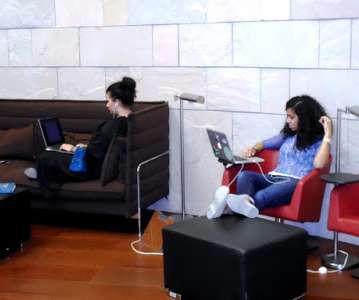


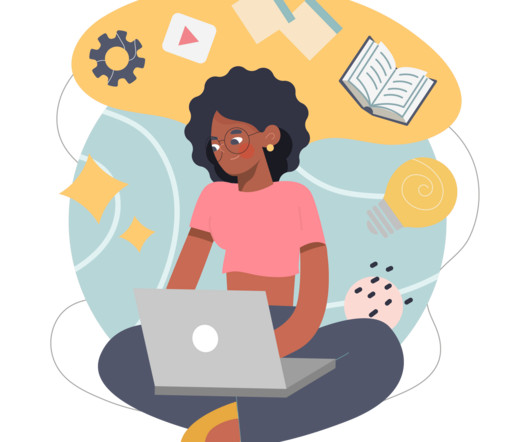











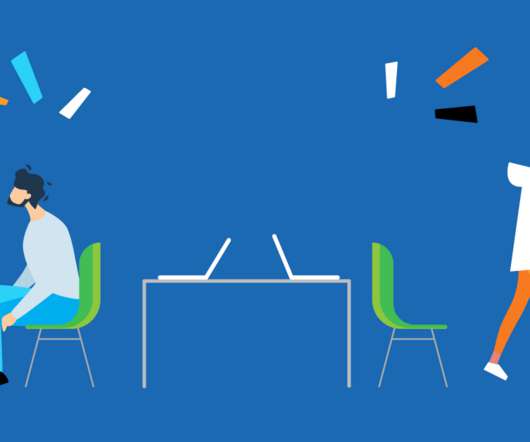



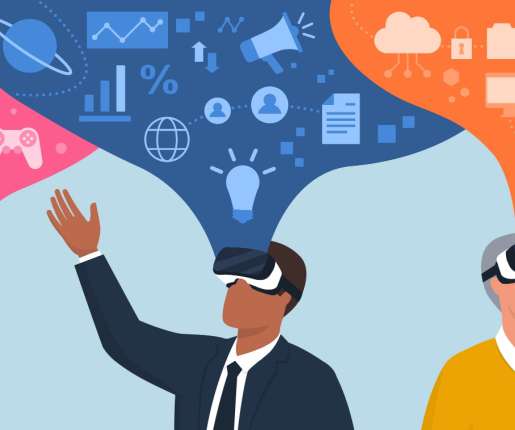











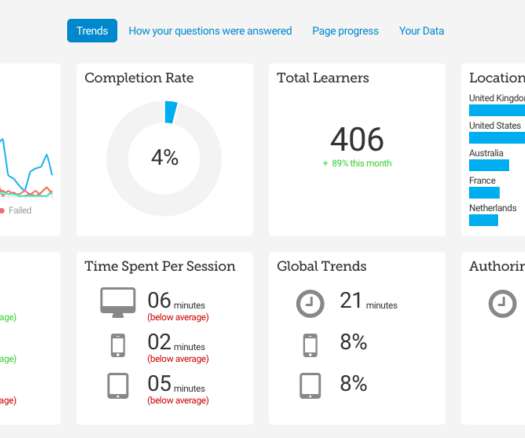












Let's personalize your content